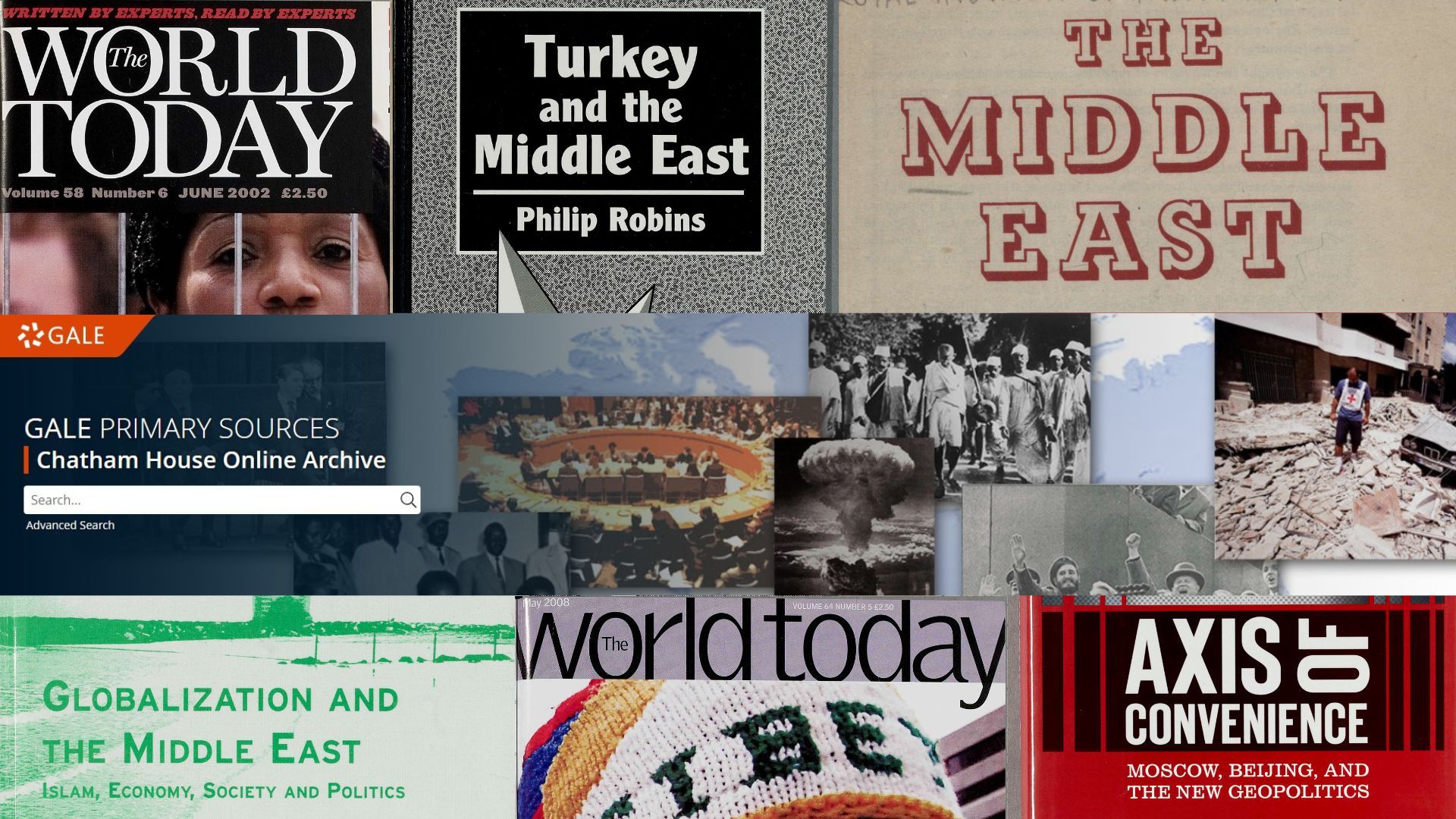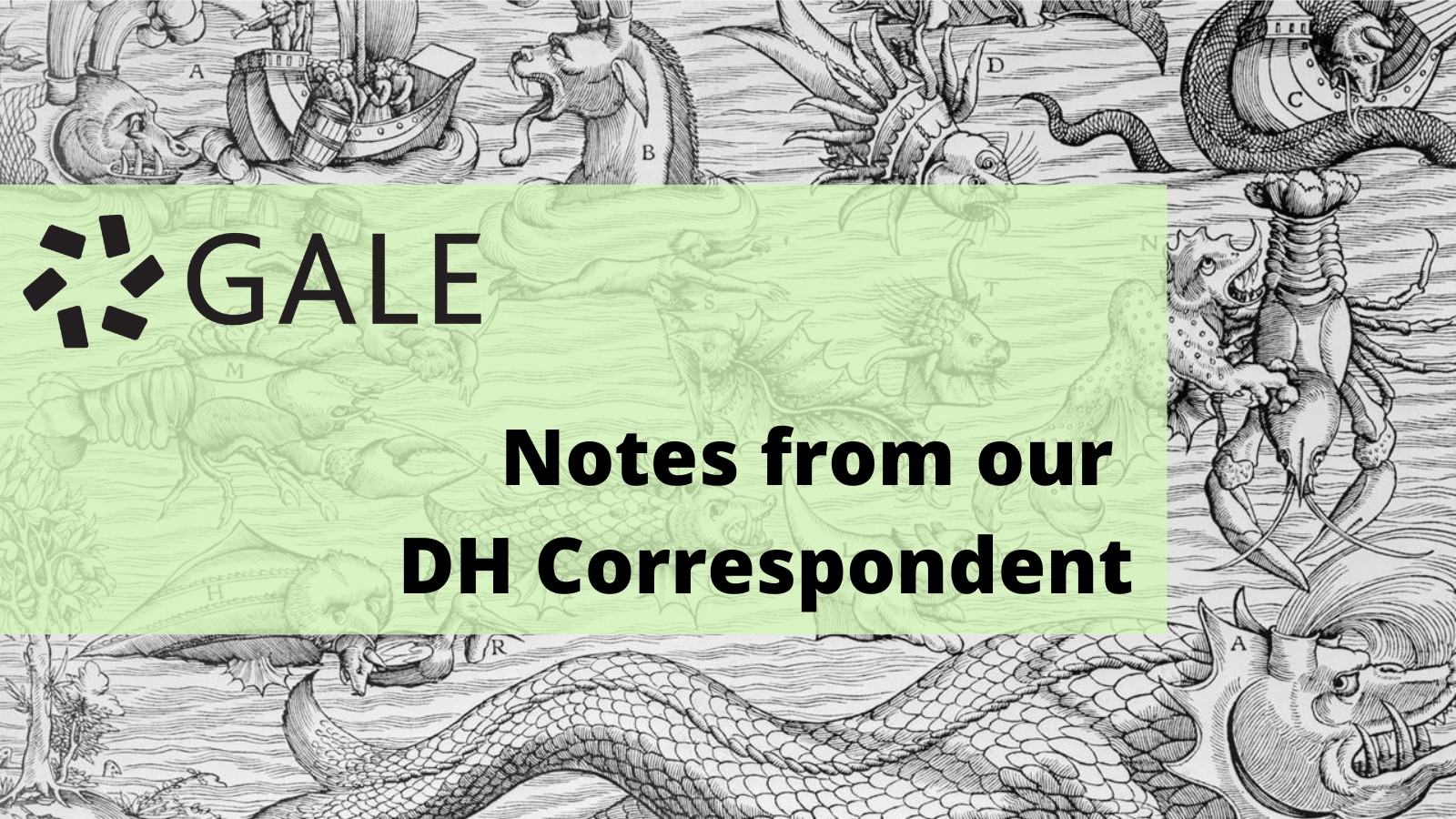│By Leila Marhamati, Associate Editor, Gale Primary Sources│
Through their daily, on-the-ground coverage of current events, newspapers continue to be a rich resource for understanding key societal issues. In March 2025, Gale released a supplement to its digital archive of the major British newspaper The Independent, bringing coverage up to 2021.
The additional 190,000 pages of material offered in this supplement provides a unique opportunity for users to reflect back on events they have lived through as a matter of scholarly interest, such as the COVID-19 pandemic. Using this archive, we can paint a retrospective of this major recent event, thinking about questions of hindsight, bias, and personal experience.










